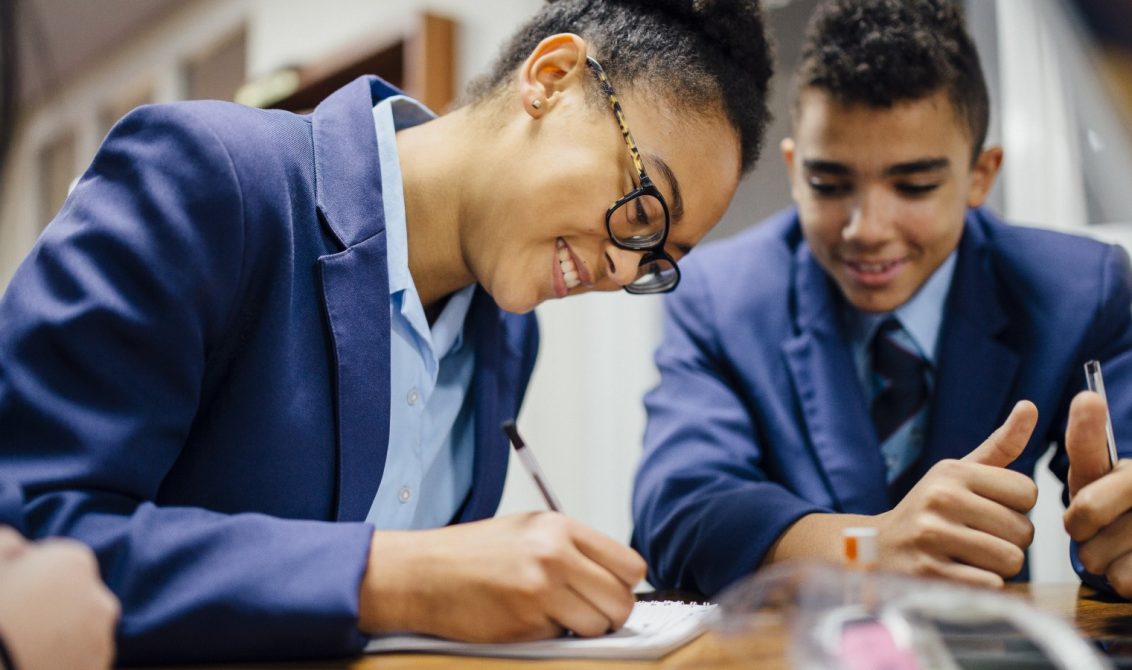
Communication skills are central to success in school, work and in life. We take a look at some of the ways you can integrate communication skills into your primary and secondary classrooms.
Why are communication skills important?
Communication skills are central to success in school, work and life. Strong communication skills upon entering higher education are linked to higher grades and graduation rates. In a recent Pearson survey, employers ranked communication as the second most important skill for employees to have, and one that is lacking in many entry level job applicants.
Communication takes many forms, from writing a paper or reading a book, to delivering a presentation or engaging in conversation or debate but it’s important that the teaching of communication skills is not confined to the ‘obvious’ disciplines of English Language, English Literature or Modern Languages. They should be taught in all subjects as learners will need to communicate about and in many different subject areas as they progress through their primary and secondary education and on to university and the workplace.
What do we mean by communication?
Communication is defined as a social process of exchanging messages in order to create shared meaning and achieve outcomes.
Information exchange can be one-way, for example public speaking, or it can be interpersonal, through a conversation. Various skills contribute to effective communication, including understanding the context and purpose of a piece of communication, crafting clear and cohesive messages, paying attention to one’s body language and using active listening.
4 ways to teach communication effectively
- Address both sending and receiving information – through production skills, such as speaking and writing, and receptive skills, such as listening and speaking. Use different domains, channels and diverse communicators to help your learners practise sending and receiving information.
- Teach strategies for planning and revising pieces of written communication – by encouraging learners to focus on the process, introducing planning activities and providing feedback to help them hone their skills.
- Use practice and feedback to teach oral communication skills – introduce learning objectives and models of successful performance, use video recording tools and feed back to your learners with rubric so they understand what good oral communication skills look like.
- Focus assessments on real world tasks – consider common workplace communication tasks and use rubrics. Introduce role play to help your learners practise and assess their communication skills.
Further reading
Find sample learning tasks in our free guide Ways to integrate communication skills into primary and secondary education.
Read our Skills for Today report: What we know about teaching and assessing communication and this 3-page summary for educators
Throughout February and March 2020, we ran a webinar series on Our Human Talents: Personal and Social Capabilities taking a deeper dive into the skills we have identified as crucial for future employability, including collaboration, critical thinking, communication and self-management.
Watch the recording of our Communication Skills webinar here.

